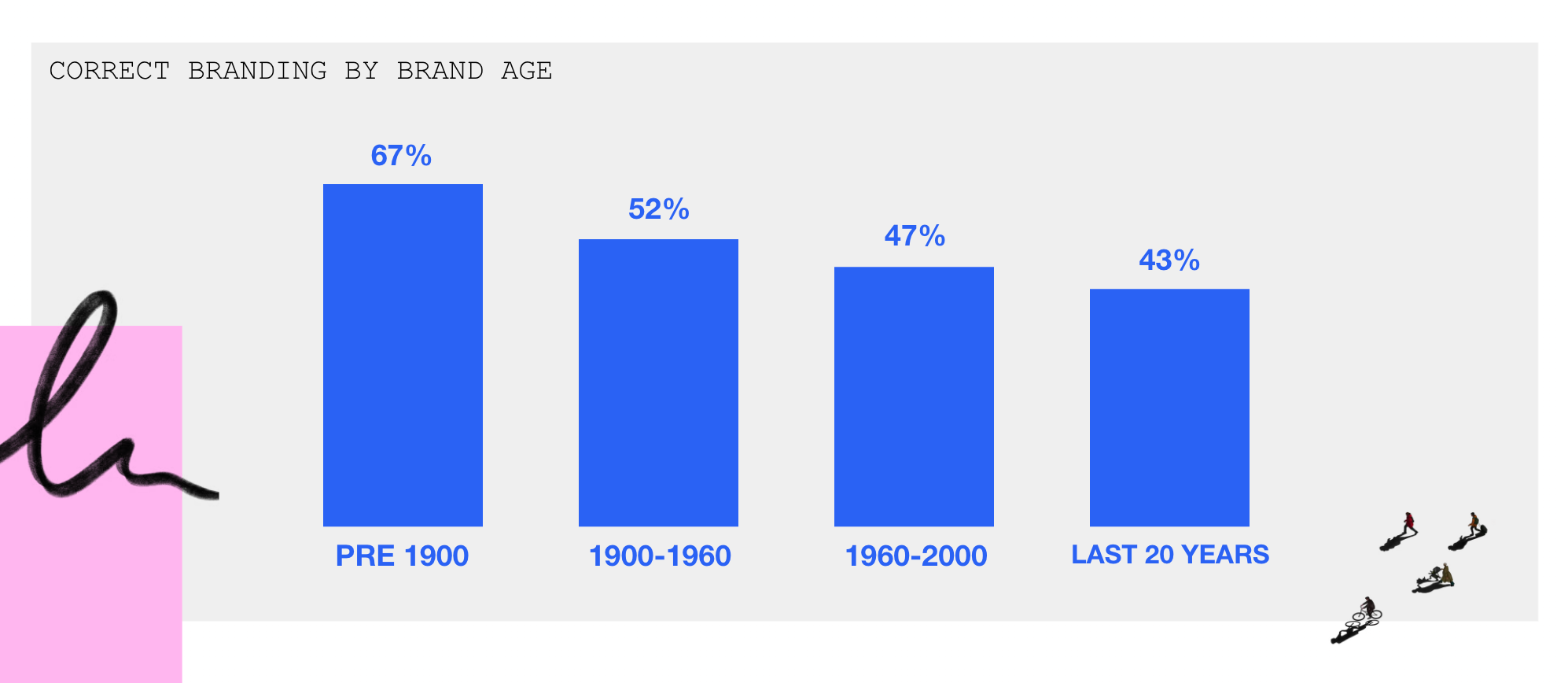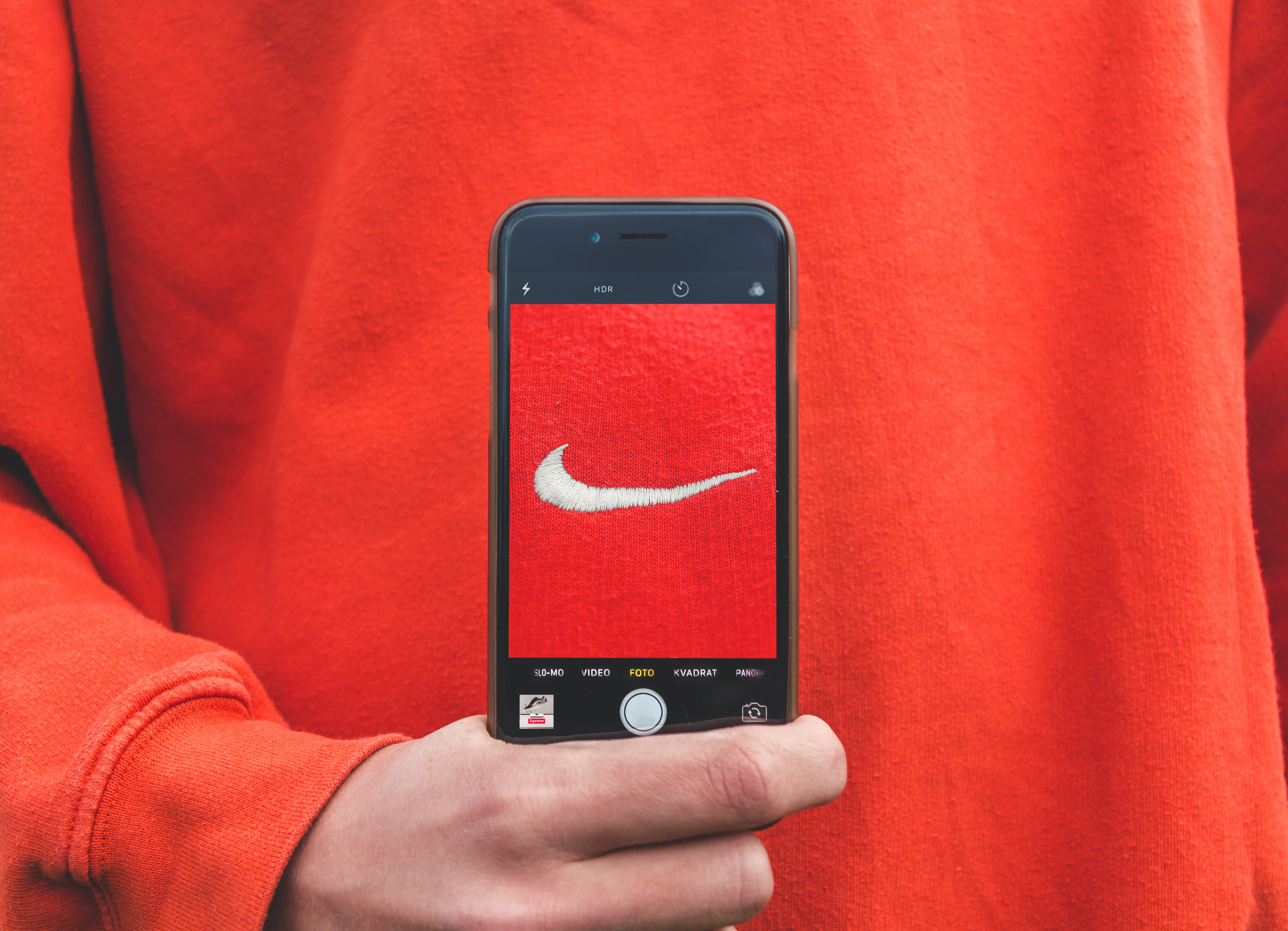Branding in advertising is an art, where subtle differences can have a significant impact. Like all disciplines, adhering to core principles can lead to greater success. As researchers, our challenge is to effectively understand these principles, with a central question being: how do we measure 'branding'?
At Sonder, we have a unique method for measuring TV branding by de-branding up to eight still shots, covering any visual branding to test not only how well a creative is recalled but also how well it is attributed to the advertiser. We have used this methodology for decades, but with the advent of recent AI tools, our approach has evolved. As curious and dedicated researchers, we wanted to explore what impact, if any, these new de-branding methods could have.
What We Did
We conducted a nationally representative online study of 4,500 participants, cross analysing the impact of de-branding still shots from 35 linear TV ads. We compared covering all visual assets with obvious “black boxes” versus using AI tools to make branding appear as if it were never there and leaving all branding present. The ads were carefully selected based on strict criteria to ensure a balanced portfolio:
Mix of brand size (in terms of prompted awareness, e.g., Polestar vs. BMW)
Mix of ads with product-led branding vs. mnemonics (e.g., a beer brand like Coors vs. Lloyds’ black horse)
Mix of premium and affordable brands
Mix of ad styles (e.g., animation - Red Bull, Sage)
What We Found
We observed no statistically significant difference between de-branding obvious branding vs. making it invisible via AI software. Variance in branding performance is influenced by other factors.
Brand size and age, from consistently investing in the brand over decades, undoubtedly have a beneficial effect on branding, but they are no guarantee of success. We’ve seen universally known brands score anywhere from 5% to 95% in branding.
Creative distinctiveness, branding assets, and consistency are essential to success:
Creative Distinctiveness: The automotive sector was the worst branded, primarily because manufacturers advertise in a similar way with little creative distinction. In contrast, brands that strive for differentiation scored 2-3 times higher in branding – think of Red Bull’s “give me wings” or mnemonics like Dreams & “Log.”
Branding Assets: Grocery was typically a strong sector, with brands like Sainsbury’s reinforcing their brand code at every possible moment. No matter which part of the ad you saw, chances are you’d see a branding asset like their orange and purple colouring. Brands that struggled relied too heavily on assets like logos at the end, or their creative style wasn’t engaging or distinctive.
Consistency: A lesson for nascent brands from historic ones is the power of consistency, as shown by Lloyds and their black horse. A mere glance allows three-quarters of viewers to attribute the advertising to Lloyds. Over a century of consistent use of a distinctive brand asset continues to yield significant advertising dividends.
Methodologically, our de-branding approach is successful in most cases, but the study highlighted situations where alternative methodologies would be beneficial—such as campaigns from retailers advertising brands they sell (e.g., Sports Direct) or those partnered with a series (e.g., Gogglebox cast discussing a brand campaign). We have designed new methods to measure and analyse results to better understand branding effectiveness.
The majority of online surveys are now completed on mobile devices. At Sonder, we script our own surveys, giving us complete control over visuals. Typically, ads are shown as a grid of images. One takeaway from this study was that a column of images may be easier to view on mobile screens.
Why Branding Matters
Branding (knowing who the ad is for) is sadly oft-overlooked factor in creative development. Ultimately you can have the most engaging, compelling campaign ever made but if it's not clear who you're selling it won't have impact (although there is a chicken and egg factor at play, of course).
Legacy brands see much better branding scores across the board; but of course they do, they have embedded brand assets which offer semiotic shortcuts, often allowing for more creative and storytelling power.

Allowing brand assets to bed-in is crucial to long-term efficiency, as it offers a platform to then 'go rogue' in a way that nascent brand assets cannot (Cadbury's Gorilla, anyone?). Research needs to not just highlight what people think and feel about a campaign, but also ensure it accurately captures correct brand association. It's not just about asking 'did you know this campaign was for xyz?', it's about ensuring genuine spontaneous recall and providing evidenced recommendations for building brand associations over time.
We wax lyrical about branding at Sonder. Feel free to get in touch to find out more.
Sonder is a full-service agency with expertise in brand, audience and creative research.
Award-winning market research agency for actionable, human-centric insights


